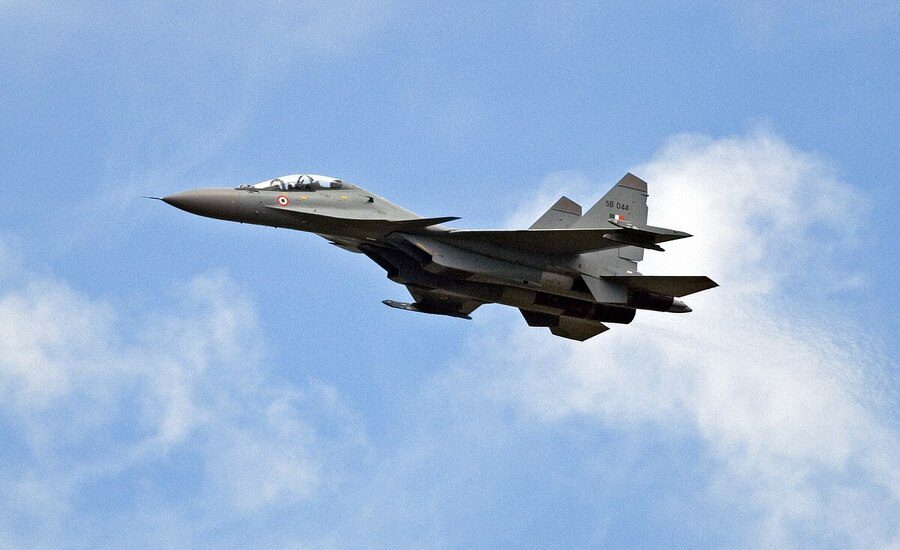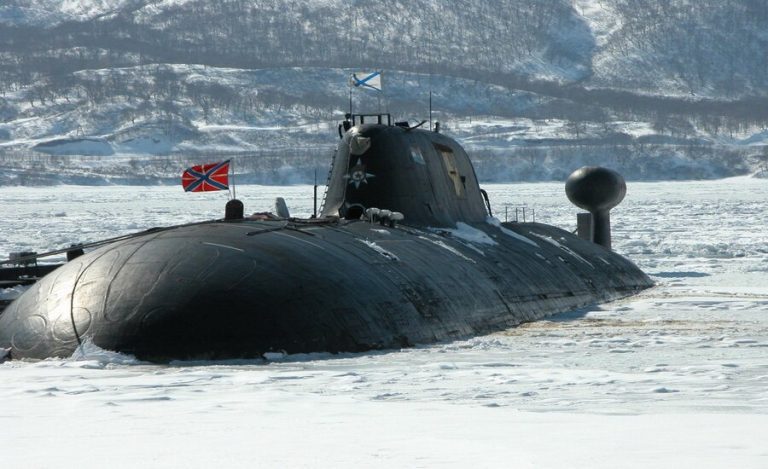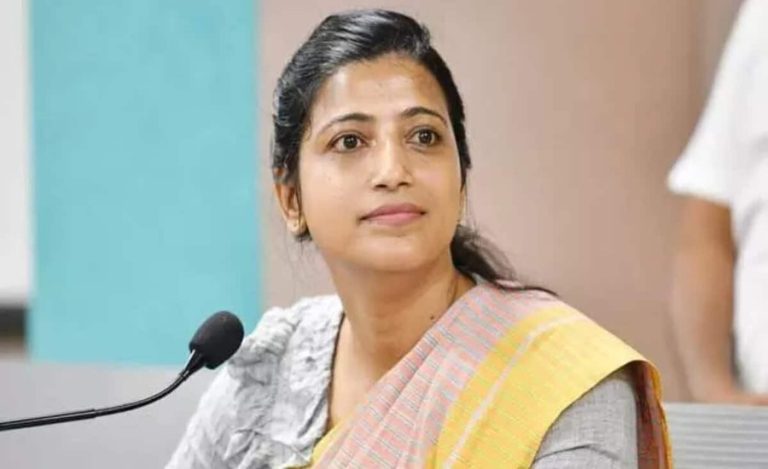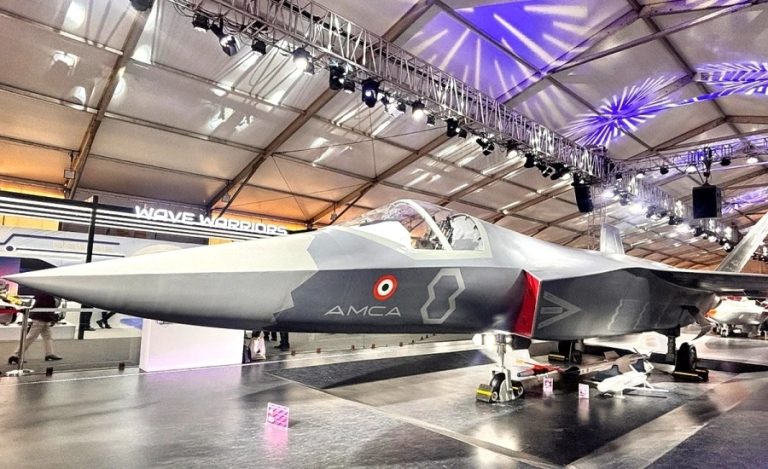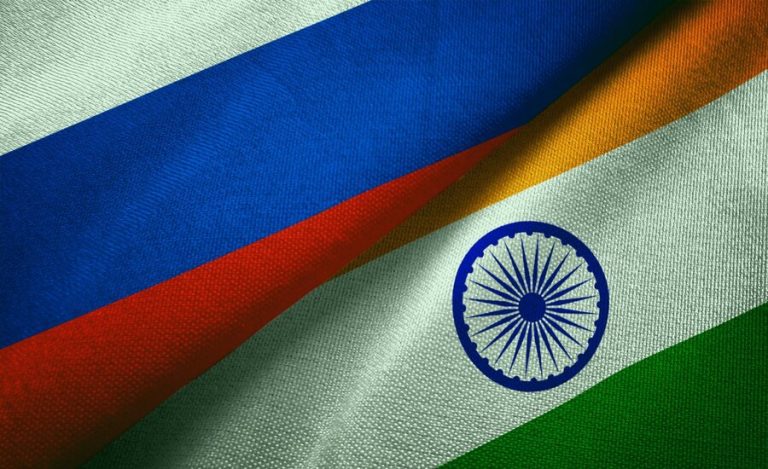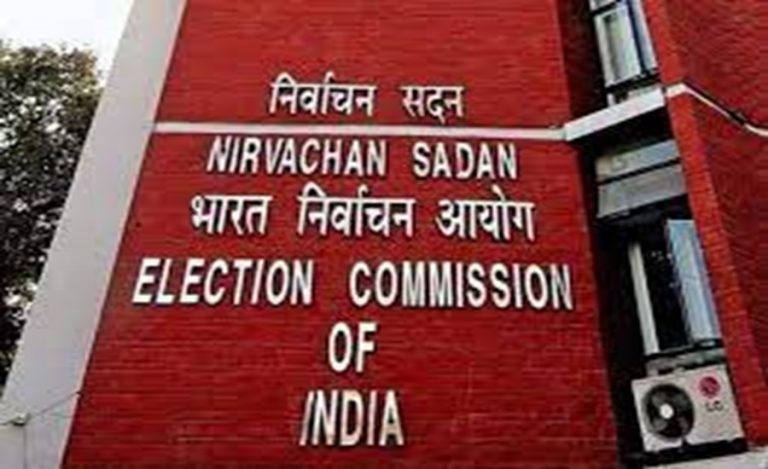New Delhi / Moscow: In a strategic boost to India’s aerial firepower, India and Russia are finalising a major defence export agreement for the RVV-BD air-to-air missile, tipped to arm the Indian Air Force’s Su-30MKI fleet.
The RVV-BD, also called the export variant of Russia’s R-37M missile, is nicknamed the “Fox-Killer” — a potent long-range missile designed for beyond-visual-range (BVR) engagements. It is expected to address current gaps in India’s BVR capability until indigenous systems mature.
Key Features & Strategic Edge
Range & Speed: The missile reportedly has a range of up to 200 km, possibly even more in optimal launch conditions.
High velocity: With speeds exceeding Mach 6, the missile is engineered for swift strike capability.
Warhead & electronics: It carries a 60 kg high-explosive fragmentation warhead and uses a radioactive proximity fuse plus contact sensor for assured detonation.
Compact fit: At ~4 meters length and ~510 kg weight, it can be mounted under the Su-30MKI without compromising agility.
Together, these traits aim to give the IAF a formidably long arm in future aerial confrontations.
Strategic Imperatives & Threat Response
Integrating RVV-BD into India’s ~260 Su-30MKI jets would directly counter advanced threats like China’s PL-15 and Pakistan’s PL-15E missiles.
Following aerial clashes and operational experiences (e.g. Operation Sindoor in May 2025), the IAF identified critical shortfalls in BVR dominance.
In doing so, New Delhi also signals its trust in deepening Indo-Russian defence ties—even amid sanctions and global pressures.
Deal Structure, Make in India & Timelines
Talks reportedly began during Aero India 2025 and have since accelerated via high-level diplomatic channels.
The agreement includes technology transfer and licensed production, possibly under Bharat Dynamics Limited (BDL), as part of India’s “Make in India” push.
While full details are still under wraps, insiders estimate:
- Initial units: 200–300 missiles
- Deal value: Approximately $1.5 billion
- Delivery window: Commencing around 2027
The agreement underscores India’s ambition to field over 1,000 BVR missiles by decade’s end.
Implications & Future Outlook
With Su-30MKI transforming into a “super Sukhoi” — via AESA radars and BrahMos-II integration — the RVV-BD will likely serve as its formidable long-range strike arm. In geopolitical terms, the move signals that any adversary must now reckon with India’s reinforced aerial reach over the Line of Actual Control (LAC) and border theatres.

